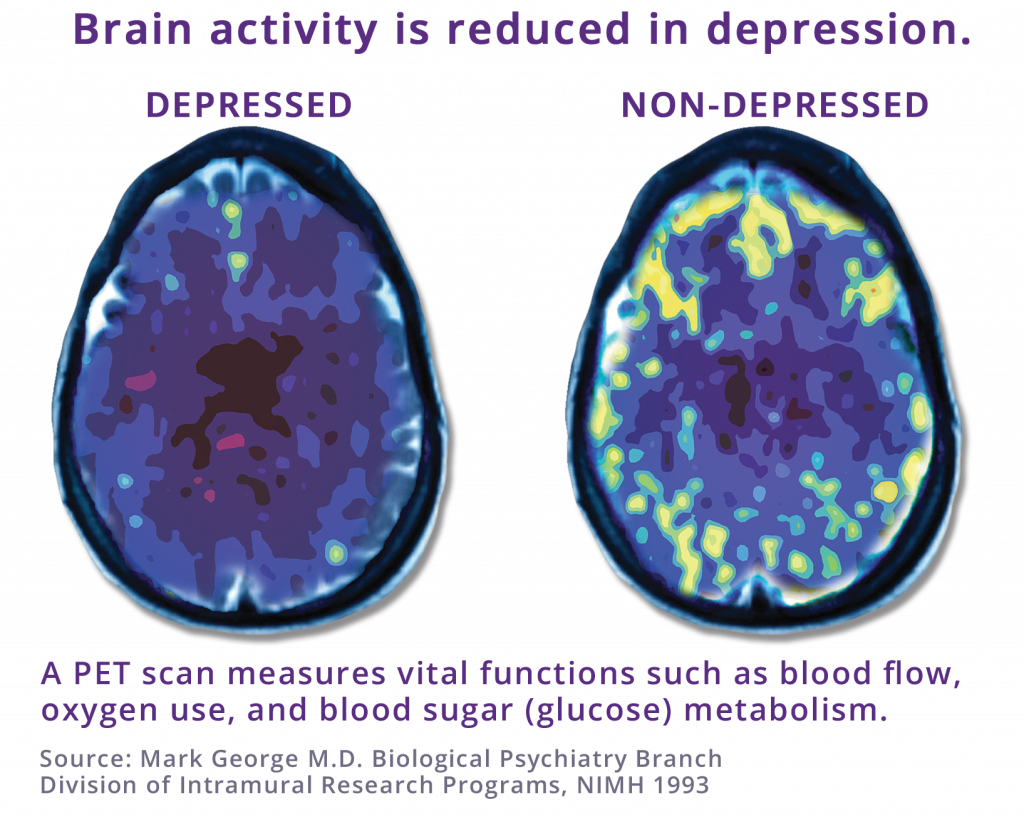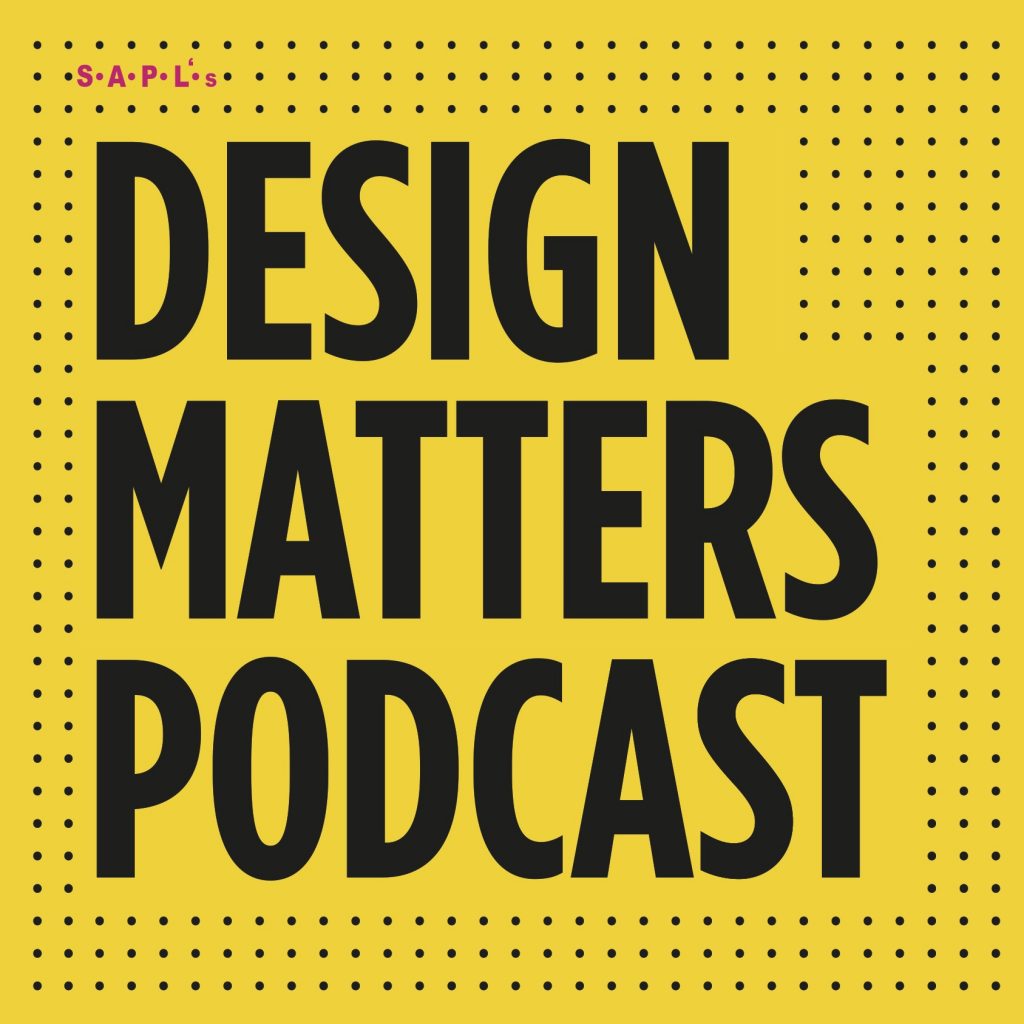Table of Content
Repetitive TMS is usually done in the doctor's office or clinic. The procedure was developed by Canadian psychiatrist John O'Neill who first proposed it in 1980 as a treatment for depression. People who experience psychological problems such as depression or anxiety are more likely to seek out TMS therapy than people who are otherwise healthy. They do so because they believe the treatment will help them feel better about themselves or reduce their anxiety levels.
Generally, sessions are carried out daily, five times a week for four to six weeks. If you have been suffering from anxiety that didn't improve with talk therapy and classical medications treatment. It might be a good idea to bring up Ketamine or Esketamine as a treatment option. This is particularly important if you also have comorbid depression. Esketamine is an FDA-approved treatment option for Treatment Resistant Depression, which means that your insurance will cover the treatment when indicated.
Can At-Home Brain Stimulation Really Treat Depression?
24% of the participants completely overcame their depression within 6 weeks. TMS therapy is also not appropriate for people with epilepsy or other seizure conditions, or for use during pregnancy. However, when symptoms return, TMS therapy can be repeated. On average, positive results from TMS therapy last for a little over a year.
This therapy was FDA approved in 2008 and has helped thousands of patients with depression who have not responded to treatment with antidepressants or psychotherapy. Repetitive TMS is usually done in a doctor's office or clinic. It requires a series of treatment sessions to be effective.
TMS for schizophrenia
Apollo uses a unique coating cooling system to cool the coil between sessions. This cooling is not very practical to have multiple sessions back to back. Recently, they added an air cooling add-on function to their coil, which seems to cool it faster. It appears that new management is taking over the distribution and support of Apollo in the US. But you can add-on a Brainsight or Locality neuro-navigation system to their top-tier TMS system.
If you don’t experience some degree of symptom relief after 14 days of use at level two, you’re advised to try level three or four for another two weeks. Either way, the makers of the device suggest using it for at least one full month before you assess how well the treatment is working for you. Before TMS therapy begins, our team uses electroencephalogram testing to calibrate, measure, and pinpoint the exact area of your brain that’s most affected by your specific mental health disorder. Selectable transcranial direct current stimulation automatic timer up to 40 min in steps of 1 min.
Ketamine & Esketamine (Spravato) For Anxiety
Transcranial magnetic stimulation is typically performed in a healthcare provider's office. You'll be seated in a comfortable position and will remain awake during the procedure. Verywell Health articles are reviewed by board-certified physicians and healthcare professionals. These medical reviewers confirm the content is thorough and accurate, reflecting the latest evidence-based research. Content is reviewed before publication and upon substantial updates. Possible mechanisms underlying the therapeutic effects of transcranial magnetic stimulation.
TMS uses small electric currents passed through a coil of wire attached to a magnet to generate a strong magnetic field. This magnetic field can then be applied to the head to stimulate the brain. In addition to treating depression, TMS has been used to treat anxiety disorders, stop addiction behaviors, and relieve pain symptoms. Sending magnetic pulses to these nerve cells may help them work better. For many people, this improves symptoms of depression — even when standard treatments like antidepressants and therapy haven't helped. Because this therapy for depression involves the delivery of recurrent magnetic pulses, it is known as repetitive TMS or rTMS.
~ 5 MIN READ This article will discuss the use of TMS therapy or Transcranial Magnetic Stimulation in treating insomnia and other sleep disorder. The device utilizes magnetic fields to generate localized electrical currents in neurons just a few centimeters below the scalp, creating depolarizing and normalizing effects. Localized brain stimulation impacts neural plasticity, activates compensatory processes, and influences cortical excitability. Additionally, rTMS has been used in various clinical trials to study and treat neurological and psychiatric disorders such as anxiety, post-traumatic stress disorder , epilepsy.
But for those people with high deductibles — mine, for example, is $5,000 — out-of-pocket expenses can reach several thousands of dollars before reimbursement kicks in. And as technology continues to advance, even skeptics such as Luber believe it’s possible there will be breakthroughs that revolutionize how depression is treated. Looking to treat your depression with Transcranial Magnetic Stimulation? Expensive doctor visits, insurance complications, and a risk of seizures are all part and parcel of TMS treatment. The Fisher Wallace device, on the other hand, is FDA-cleared to treat depression in the comfort of your home.
A brain stimulation session with tDCS is usually 30 minutes and can be administered at home with a tDCS headset. Researchers conducted the largest clinical study on TMS and depression to date. They found that 14% of depressed patients received remission when given rTMS treatment, while only 5% of patients given sham treatment received the same results .

If rTMS works for you, your depression symptoms may improve or go away completely. Your doctor will determine the amount of magnetic energy needed by increasing the magnetic dose until your fingers or hands twitch. Known as your motor threshold, this is used as a reference point in determining the right dose for you. During the course of treatment, the amount of stimulation can be changed, depending on your symptoms and side effects. Repetitive TMS is a noninvasive form of brain stimulation used for depression.
In addition, a particularly significant event was urologist led webinar, led by Dr. Timothy Daskivich and Dr. Ken Ki, at Cedars-Sinai Medical Centre in Los Angeles. They spoke live to colleagues from across the United States about their experience in adopting Focal One HIFU and presented numerous case studies to assist others in beginning a Focal HIFU practice. Turning to Northwell Huntington Hospital, Northwell Health is New York's largest healthcare provider with 21 member hospitals. It has a very strong reputation as a leading healthcare provider with the ability now to offer Focal One Robotic Focal HIFU to many of its patients. These sales are particularly noteworthy as all three represent large community hospitals.

The gadget is portable and may be used whenever and whenever you need relief. At Pulse TMS, we offer professional TMS services to people in the Los Angeles area. Our Brainsway™ Deep TMS Technology has been tested and approved by the FDA to treat people with treatment-resistant depression. It’s a non-invasive therapy with no downtime, so you can easily fit treatments into your weekly schedule. On a more positive note, there is no evidence to suggest that tDCS treatment does any harm to the brain. In fact, at-home tDCS treatment is likely more comfortable than TMS treatment at a clinic.
In the first session, a doctor will measure a person’s head for TMS coil placement. Before a person begins TMS treatment, a doctor will ask them to remove any belongings containing metal. These items include coins, some jewelry, and credit cards. According to the FDA, people receiving TMS for depression should have treatment daily for 4–6 weeks.
Just imagine practicing kicking a football or practicing a golf swing 150,000 times, you would become very skilled. In depression, the brain has significantly less activity in the frontal lobe and limbic system. In depression you could say the limbic system is way out of practice. The app will show you how to put your headset on and how to start the stimulation. If you want to view a timeline of tDCS history, including the most important scientific discoveries since ancient times, click here.

No comments:
Post a Comment